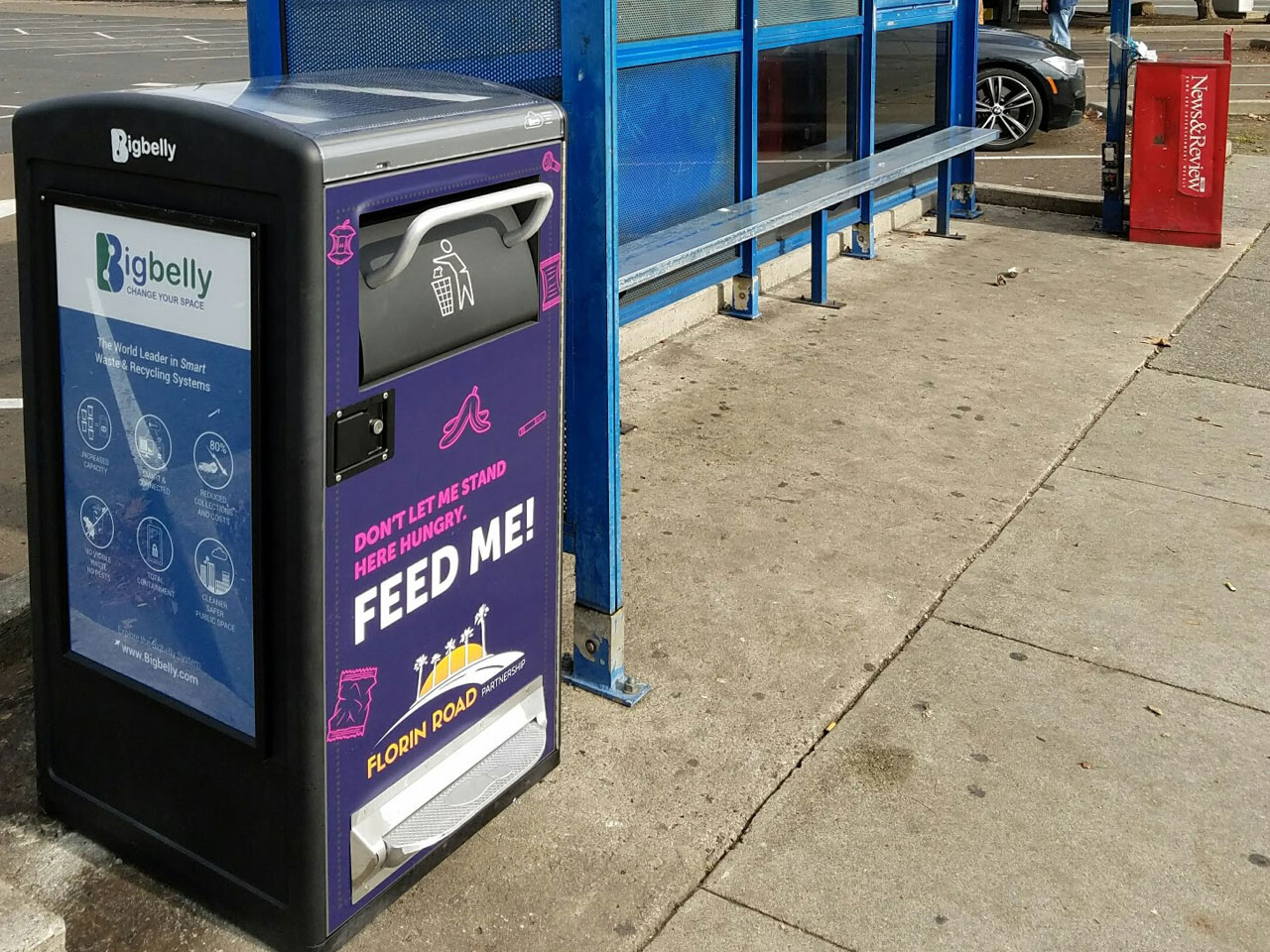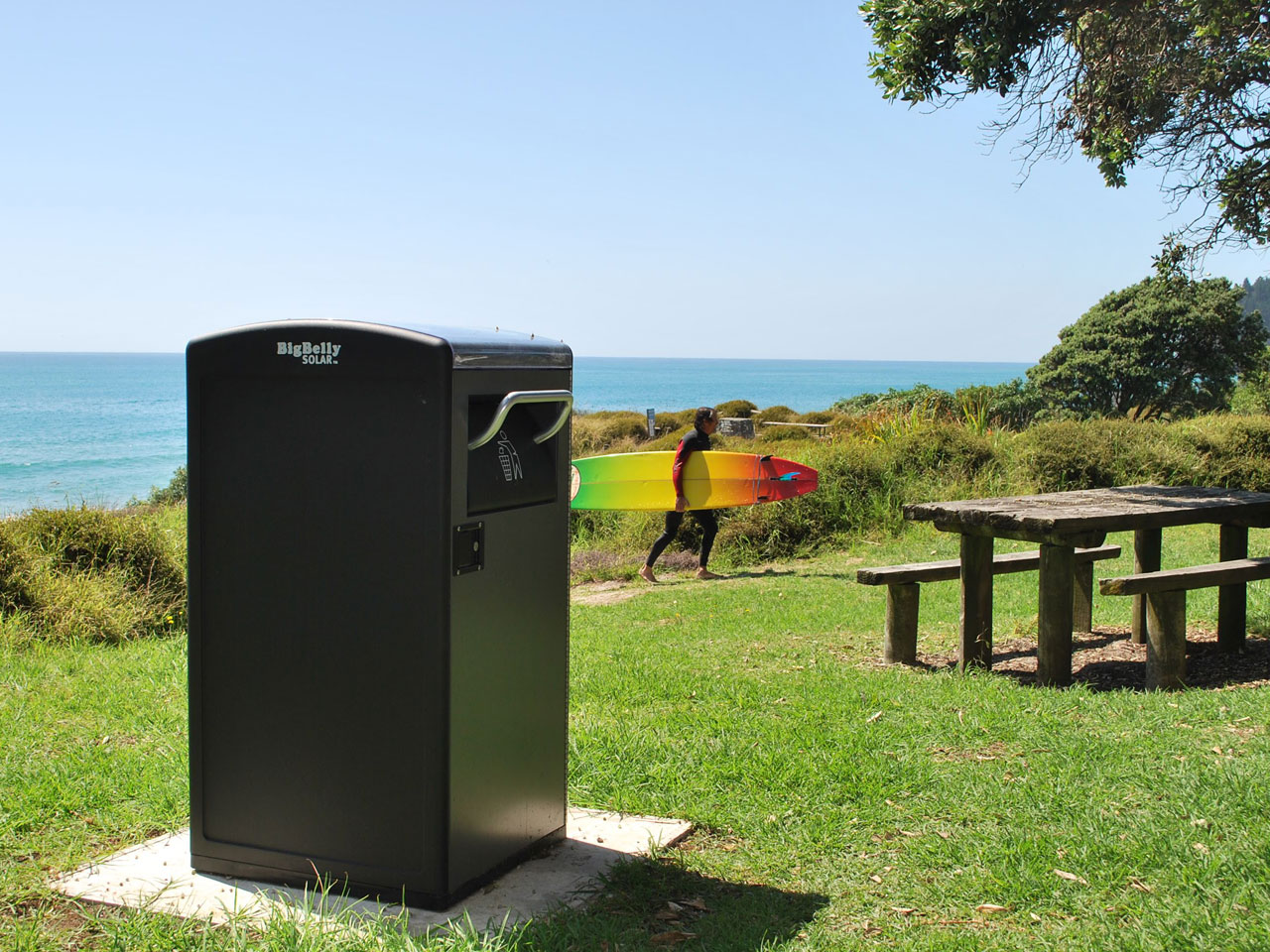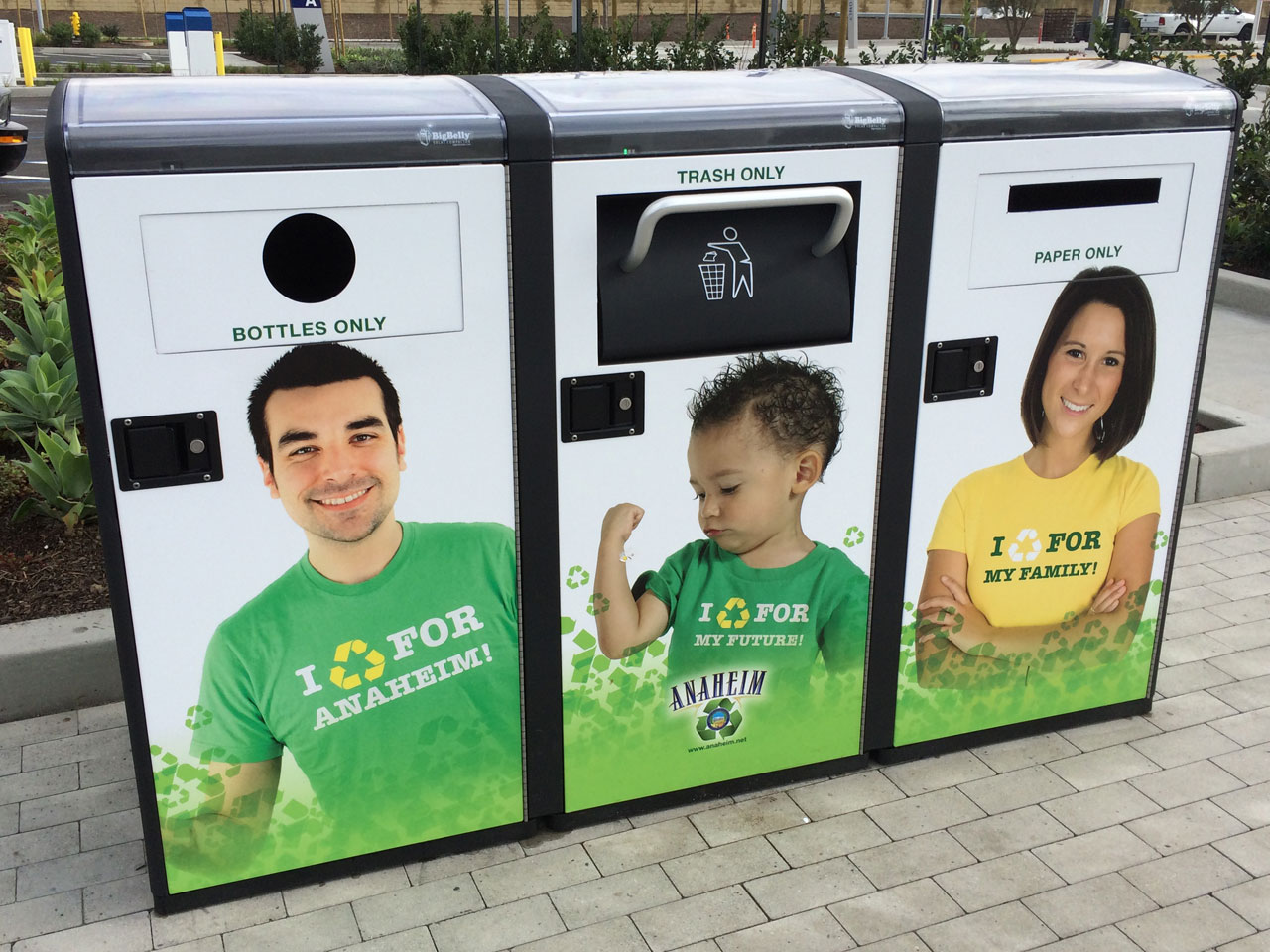Smart Waste Bins (IoT) for Waste Collection
Post EnquiryEmbracing the Future: Smart Waste Bins (IoT) for Waste Collection using IoT – Driven Bigbelly Systems
Have you ever pictured our city’s trash bins equipped with a unique intelligence? Imagine every garbage bin on your street corner, park, or mall equipped with a smart waste management system, notifying city workers exactly when it needs to be emptied. Picture a world where smart bins keep the streets clean, eliminating overflowing waste and the resultant mess.
This vision is already a reality. With the integration of the smart waste management system using IoT, Bigbelly is leading the revolution in garbage management systems. This transformative smart waste bin solution is being embraced by municipalities, universities, commercial real estate agencies, healthcare establishments, city centers, shopping avenues, transit points, parks, and various public domains in over fifty nations. The advantages of smart dustbins, such as Bigbelly, are evident as they elevate the urban living experience. Dive into the world of smart city waste management and experience the Bigbelly difference.
Smart IOT Waste Collection Solution Details:
Bigbelly’s cloud-based solution gathers, consolidates, and analyzes data from smart and connected stations, providing real-time alerts, live status, and historical reports that help optimize operations and beautify public space.
- No continuous power supply needed; works on solar power.
- Compacts waste.
- Notifies the server when it is full.
- The design of the bin makes sure of no waste spillage.
- Public announcements and ads can be posted on all sides.
A Comprehensive Bigbelly Solution for Every Setting.

Municipalities

Parks

Transit

Universities

Airports

Food Service
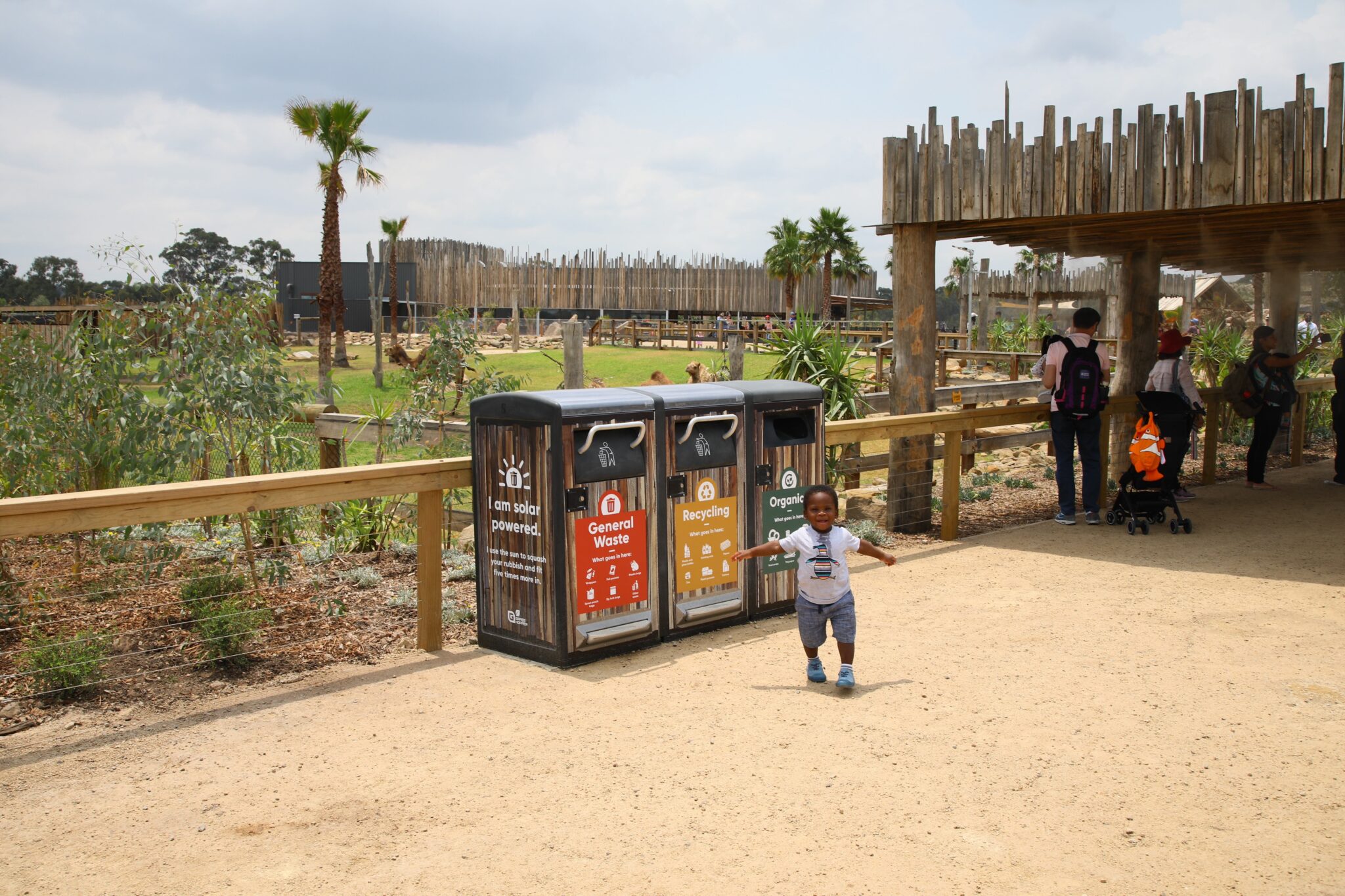
Amusement Parks & Zoos
Bigbelly’s all in one waste solution starts here
Adaptable Waste & Recycling Units:
We offer a diverse range of bins that come with a myriad of features: different trash interfaces, fullness indicators, CLEAN™ technology, compaction mechanisms, bespoke designs, and much more. Multi-stream kiosk configurations are also available.
Cutting-Edge Cloud based Software:
Our CLEAN™ Management Console is a potent software platform, granting users timely and practical data, assisting in the effective management of communal waste.
Data at Your Fingertips:
With our automated email alerts and the CLEAN™ mobile application compatible with both iOS and Android, you can access critical insights whenever and wherever you need them.
Last year, Bigbelly made a significant stride, amplifying our product portfolio. This expansion incorporated the launch of non-connected bins, previously recognized as “Basic” bins, in harmony with our pre-existing IoT based “Smart” CLEAN™ connected bins. This broadening had a dual aim: firstly, to tailor our offerings to match our customer’s specific needs and their environments more precisely; and secondly, to bring down the overall expense of our solutions, making Bigbelly’s smart waste management system project more accessible to a larger clientele.
Leveraging the success of this launch and our novel positioning, we’re elated to showcase an even more varied product range. In this new lineup, we’ve given a fresh spin to our product names, encapsulating the essence of each smart garbage and waste collection bin. With these advancements in our smart waste management system using IoT, we confidently proclaim that now,
“There’s a Bigbelly for Every Space”
Meet the Suite of Bigbelly Bins
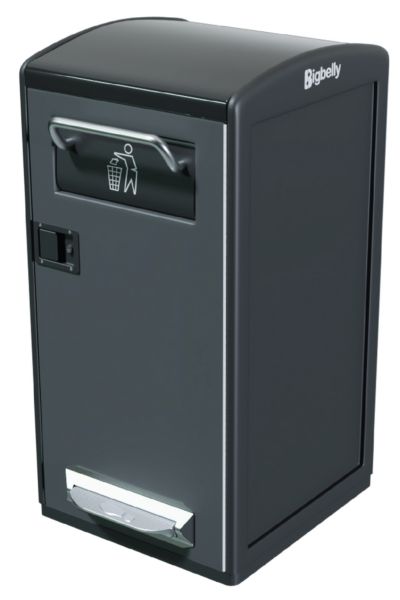
Bigbelly Element
- Fully Enclosed
- 50 Gal / 189 L
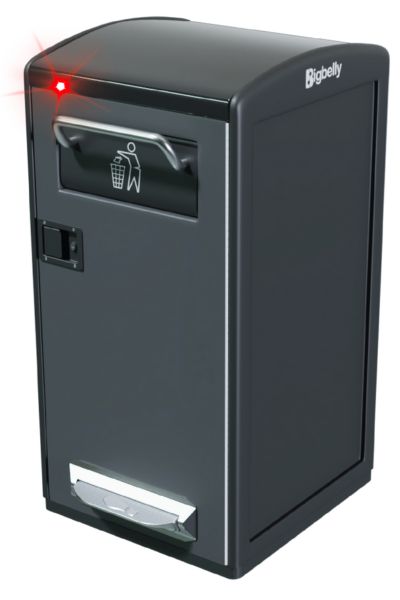
Bigbelly Sense
- Fully Enclosed
- LED Fullness Indicator
- Battery-powered
- 50 Gal / 189 L
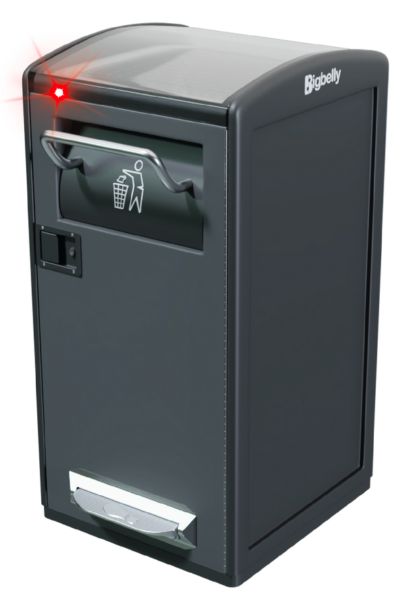
Bigbelly Sense Max
- Fully Enclosed
- LED Fullness Indicator
- Compactor
- Solar-powered
- 150 Gal / 570 L
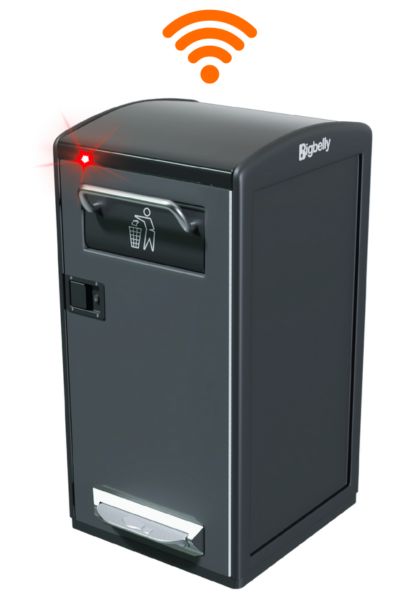
Bigbelly Smart
- Fully Enclosed
- CLEAN™ Connected
- LED Fullness Indicator
- Battery-powered
- 50 Gal / 189 L
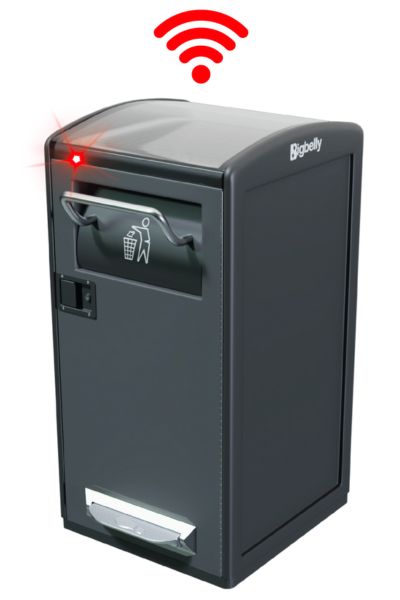
Bigbelly Smart Max
- Fully Enclosed
- CLEAN™ Connected
- LED Fullness Indicator
- Compactor
- Solar-powered
- 150 Gal / 570 L
FAQs for Smart IoT Waste Collection
What is IoT Smart Waste Management?
IoT Smart Waste Management refers to the use of Internet of Things (IoT) technology to optimize waste management processes. It involves the use of sensors and software to monitor waste levels, schedule collections, and analyze data for improved waste management efficiency.
How accurate are the sensors used in IoT Smart Waste Management?
The sensors used in this system are highly accurate and capable of providing real-time information about the fill-level of waste bins. However, the accuracy can slightly vary depending on the type of waste and environmental conditions.
How does IoT Smart Waste Management work?
IoT Smart Waste Management utilizes sensors installed in waste bins to monitor their fill levels. These sensors send real-time data to a central system, which can then optimize collection routes, schedule pickups, and provide insights for further improvement of the waste management process.
What are the benefits of IoT Smart Waste Management?
Delving into the evolving realm of smart waste management, the role of the Internet of Things (IoT) is becoming increasingly pronounced. Here’s a glimpse into two paramount advantages of integrating a smart waste management system using IoT:
Cost-Effective Waste Management Operations:
Through the meticulous routing optimization facilitated by smart waste management systems, waste management agencies can substantially curtail their operational outlays. Furthermore, harnessing the potential of IoT predictive analytics, these organizations are equipped to continuously monitor and ascertain the operational efficiency of their machinery and equipment. This not only ensures energy consumption remains within desired parameters but also paves the way for minimized maintenance expenses through predictive analytics insights.
Upholding Safety in Waste Management:
The intricacies of waste management frequently intertwine with the handling of toxic and potentially perilous chemicals. Mismanagement or inadvertent oversights can lead to hazardous situations, such as unbridled fires, posing significant threats to the surrounding populace. By embedding IoT sensors within the garbage management system, organizations acquire the capability to meticulously monitor and regulate the presence and levels of these toxic substances, thereby bolstering safety protocols and ensuring the well-being of nearby residents.
In essence, the fusion of IoT with traditional waste management is paving the way for a more smart city waste management approach, maximizing efficiency and safety in equal measure.
Can IoT Smart Waste Management be applied to both residential and commercial settings?
Yes, IoT Smart Waste Management can be applied to any setting – residential, commercial, or municipal. It can scale to manage a single building, an entire city, or even larger areas.
Is IoT Smart Waste Management safe and secure?
Yes. The IoT devices used for smart waste management comply with standard security protocols to ensure data privacy and security. However, as with all connected devices, ongoing management and regular security updates are important to maintain security.
Will the implementation of IoT Smart Waste Management cause any disruptions?
The implementation process is designed to be as smooth as possible with minimal disruption. It primarily involves installing IoT sensors in existing waste containers and setting up the central management system.
How does Automating Waste Management with IoT help?
- Automating Waste Management with IoT: Incorporating IoT sensors with AI capabilities can automate an entire gamut of waste management processes, spanning from collection to final disposal. Urban landscapes, in particular, are witnessing a surge in the deployment of smart waste bins. These smart bins are engineered to send notifications when reaching capacity, averting overflow scenarios and ensuring energy-efficient waste collection. Additionally, IoT diminishes manual intervention in waste segregation and closely oversees disposal protocols.
- Conservation of Energy and Monitoring Emissions: Many urban centers utilize smart waste management systems to chalk out optimal collection routes, cutting back on energy and fuel consumption. Concurrently, a plethora of waste management infrastructures are embracing sensors to monitor both energy consumption of waste disposal systems and their consequent emissions. Such implementations not only greenlight enhanced efficiency but also align waste management more closely with ecological sustainability.
- Real-Time Insights with IoT Platforms: IoT platforms afford cities a meticulous breakdown of waste management metrics, such as volume of waste accrued, fuel consumption, emission rates, and energy recovery insights. Such granular data paves the way for cities to refine their methodologies and prune waste management expenditures.
- Prioritizing Safety in Waste Management: IoT doesn’t just stop at efficiency; it’s a pivotal tool in ensuring safety. By introducing sensors that can detect hazardous chemicals or gases, real-time alerts can be dispatched to the waste management brigade in case of contingencies. For instance, if there’s an abnormal surge in carbon monoxide levels or if a leak emerges in the system, IoT platforms will promptly notify the team, mitigating risks and averting potential mishaps.
In sum, the smart waste management system using IoT is redefining the waste management landscape, setting new benchmarks for efficiency, sustainability, and safety.
How can I monitor the data provided by IoT Smart Waste Management?
The data from IoT Smart Waste Management systems can be accessed through a dedicated software platform. This platform allows for real-time monitoring and also provides comprehensive analytics for data-driven decision making.
What happens during a sensor or system failure in IoT Smart Waste Management?
In case of a sensor or system failure, the central management system will typically generate an alert. The failed component can then be repaired or replaced to ensure the system continues running smoothly.
Can IoT Smart Waste Management contribute to sustainability?
Absolutely. By optimizing waste collection, IoT Smart Waste Management reduces fuel consumption and carbon emissions from waste collection vehicles. Plus, the data it provides can help in planning recycling and waste reduction initiatives.
What is IoT Smart Waste Management?
IoT Smart Waste Management refers to the use of Internet of Things (IoT) technology to optimize waste management processes. It involves the use of sensors and software to monitor waste levels, schedule collections, and analyze data for improved waste management efficiency.
How does IoT Smart Waste Management work?
IoT Smart Waste Management utilizes sensors installed in waste bins to monitor their fill levels. These sensors send real-time data to a central system, which can then optimize collection routes, schedule pickups, and provide insights for further improvement of the waste management process.
What are the benefits of IoT Smart Waste Management?
– Cost and time efficiency through route optimization
– Reduction in environmental impact by reducing unnecessary waste collections
– Real-time waste monitoring, reducing overflows and improving cleanliness
– Insightful data analysis for continuous process improvement

